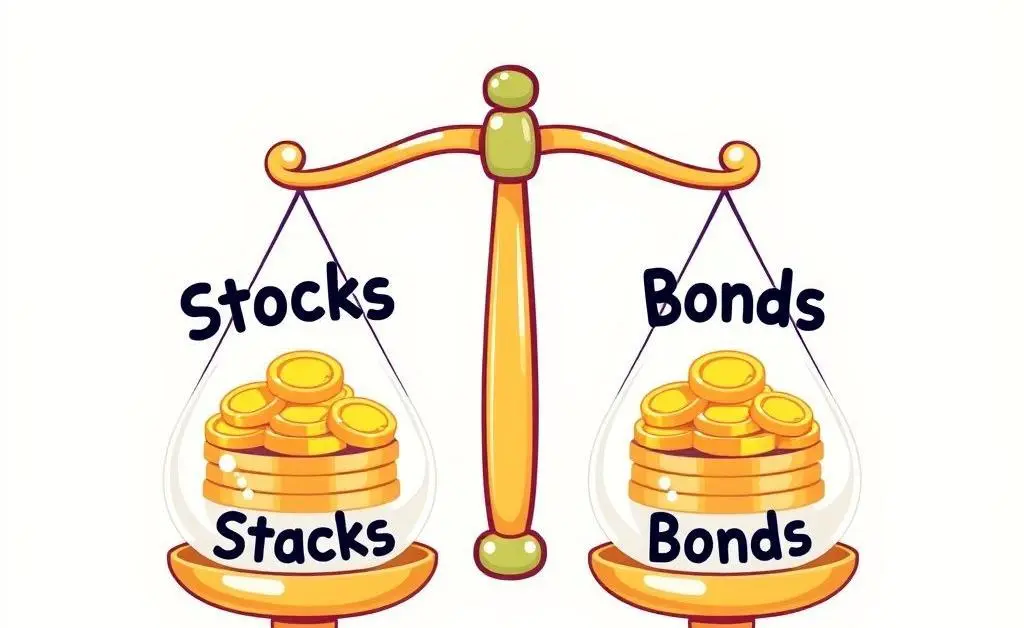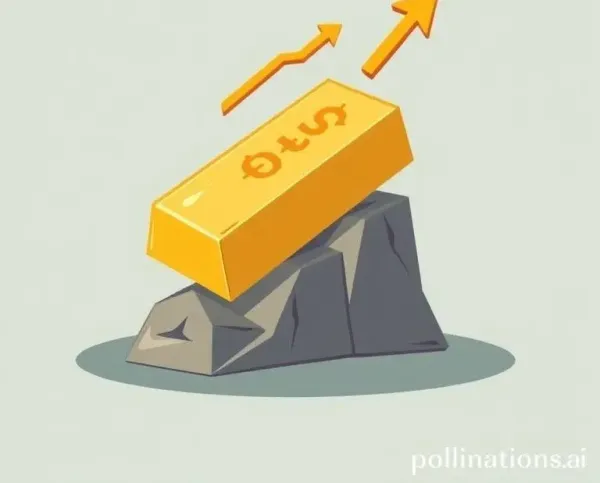Getting Started with Passive Investing: A Friendly Guide
Discover simple strategies for passive investing success in our friendly guide.

Hey there! If you've ever found yourself feeling a little overwhelmed at the thought of investing, you're not alone. In fact, the world of finance can often seem like a labyrinth of jargon and complex strategies. But here's the good news: it doesn't have to be. Today, we're going to chat about how you can venture into passive investing—a friendly, straightforward approach to growing your wealth.
What is Passive Investing?
Let’s start by understanding the basics. Passive investing is an investment strategy that emphasizes minimal trading. You essentially "set it and forget it," trying to mimic the performance of a specific index, like the S&P 500. This approach aims to help mitigate the stress of market timing and reduce fees associated with active trading.

How Do Index Funds Work?
Modeling your investments after certain indices might sound intimidating at first, but it’s actually pretty straightforward. By investing in index funds, you own a small piece of the larger pie, represented by the index. This helps you diversify your portfolio without having to pick individual stocks. It’s like getting a sampler platter at your favorite restaurant—the best bits without the hassle of choosing.
The Importance of Portfolio Balance
Even with passive investing, it’s crucial to decide on the right mix of assets. Typically, you'll hear about balancing between stocks and bonds. Stocks provide the growth potential, while bonds offer stability. It’s kind of like having two dance partners—the fun, exciting one and the reliable, predictable one. Together, they keep your investment portfolio well-rounded and resilient.

Setting and Forgetting
The real beauty of passive investing is its simplicity. Once you've selected your index funds and your allocated balance, you're free to focus on other things—like perfecting your pancake recipe or finally watching that Netflix series everyone’s raving about. Just ensure regular check-ins to maintain your balance and make adjustments based on life changes.

Why Choose Passive Investing?
- Low fees: Fewer transactions mean fewer costs.
- Less risky: Diversification helps spread the risk.
- Time-efficient: No need for constant market monitoring.
While passive investing isn't for everyone, it offers an enticing path for those looking to keep things simple while still harnessing the power of the stock market. Ready to dive in? Remember, the journey of investing should be one you enjoy. What's your take on passive vs. active investing? Let me know your thoughts!




